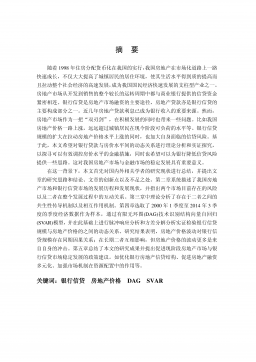LOW-E平板真空玻璃传热性能数值模拟研究
摘要低辐射(LOW-E)真空玻璃作为一种新型的透明隔热材料以其优良的隔热保温性能、防结露性能、隔声性能、抗风压性能、耐久性能而得到广泛的关注,真空玻璃门窗及幕墙的使用已成为节能建筑发展的一种趋势。本文对真空玻璃的传热性能进行了较全面的分析,文中的研究对真空玻璃的生产设计及实际运用过程都具有一定的实际指导价值,对我国LOW-E真空玻璃的研究和推广也具有一定的经济价值和社会价值。本文首先对LOW-E真空玻璃传热机理进行了深入的研究,利用自由分子状态的稀薄气体导热理论及建立的传热数学模型得到真空玻璃真空层气体导热量、边部传热量及支撑柱导热量,此外,给出了辐射换热量的计算公式,提出了真空玻璃结构优化的...
相关推荐
-
我国基层财政困难的制度成因分析与对策研究VIP免费
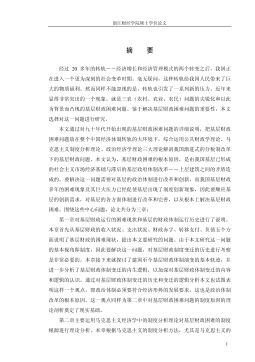
 2024-09-20 33
2024-09-20 33 -
我国煤电产业链纵向交易合约机制研究VIP免费
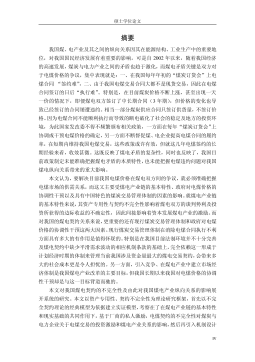
 2024-09-20 28
2024-09-20 28 -
生产要素视角下的上海市产业结构优化研究VIP免费
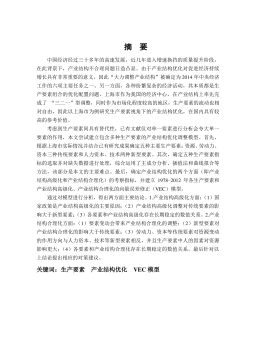
 2025-01-09 7
2025-01-09 7 -
我国银行业结构与经济结构关系研究VIP免费
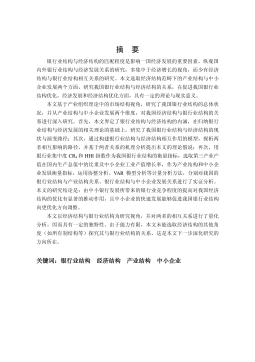
 2025-01-09 7
2025-01-09 7 -
大数据视角下农业供应链金融研究VIP免费

 2025-01-09 6
2025-01-09 6 -
跨国大型综合超市的规划研究VIP免费
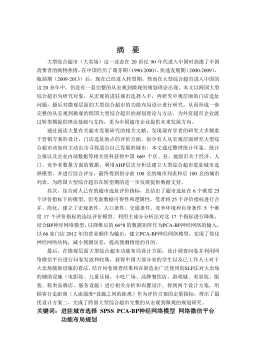
 2025-01-09 6
2025-01-09 6 -
跨境电商农产品质量安全问题研究VIP免费
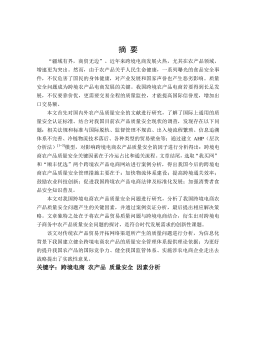
 2025-01-09 7
2025-01-09 7 -
世界市场的虚拟化与我国国际电子商务发展方向研究VIP免费
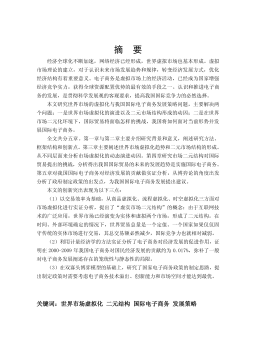
 2025-01-09 9
2025-01-09 9 -
中国政府对电力行业的价格规制问题研究VIP免费
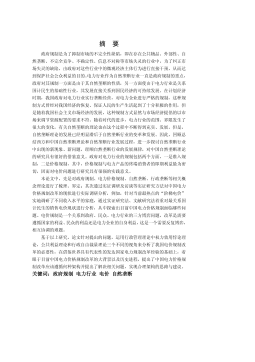
 2025-01-09 14
2025-01-09 14 -
中小企业信息化系统集成技术研究VIP免费
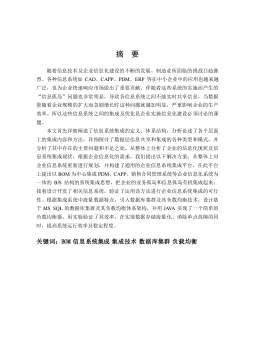
 2025-01-09 14
2025-01-09 14
相关内容
-

跨国大型综合超市的规划研究
分类:高等教育资料
时间:2025-01-09
标签:无
格式:PDF
价格:15 积分
-

跨境电商农产品质量安全问题研究
分类:高等教育资料
时间:2025-01-09
标签:无
格式:PDF
价格:15 积分
-

世界市场的虚拟化与我国国际电子商务发展方向研究
分类:高等教育资料
时间:2025-01-09
标签:无
格式:PDF
价格:15 积分
-

中国政府对电力行业的价格规制问题研究
分类:高等教育资料
时间:2025-01-09
标签:无
格式:PDF
价格:15 积分
-

中小企业信息化系统集成技术研究
分类:高等教育资料
时间:2025-01-09
标签:无
格式:PDF
价格:15 积分



